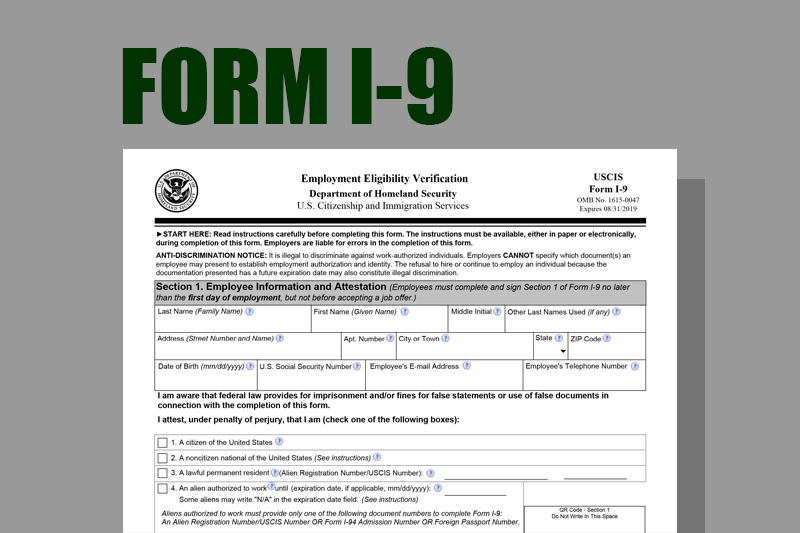Internal Controls for Accounts Payable: Types, Best Practices, Risks & More
Effective management of internal controls in accounts payable is crucial for mitigating business risks. While the potential for improved efficiency and risk reduction exists by evaluating current procedures many accounts payable (AP) departments face challenges in identifying areas for enhancement. This guide outlines three types of internal controls essential for your AP department and explores best practices.
What are Internal Controls in Accounts Payable?
Internal controls are standardized operating procedures integrated into a company's accounts payable workflow to mitigate the risk of human error, prevent fraud, reduce improper payments and ensure regulatory compliance.
What are the Biggest Risks in Accounts Payable?
Several risks pose significant threats to accounts payable, including:
- Internal Fraud
- Missing or Late Payments
- Conflicts of Interest
- Duplicate Payments
- Lack of an Audit Trail
- Poor Visibility into Invoice Payments
Why are Internal Controls in AP Important?
According to J.P. Morgan's 2022 AFP Payments Fraud and Control Survey, 71% of organizations were victims of payment fraud attacks or attempts in 2021. In an era of increasing security threats, robust internal controls in AP are crucial to ensure the safety and security of your organization's payments to mitigate fraud risks. These controls establish a system of Cheques and balances within the AP department for minimizing exposure to both internal and external threats.
What are the 3 Types of Internal Controls in Accounts Payable?
1. Obligation to Pay Controls:- Safeguarding financial processes through strict measures to ensure accurate payments and compliance.
- Purchase Order Approval: Verifies the accuracy of invoices and ensures payment for received items.
- Invoice Approval: Authorized approvers validate the validity and accuracy of supplier invoices.
- Two-Way or Three-Way Matching: Matches invoices to purchase orders, receiving information and inspection details.
- Auditing for Duplicates: Manually Check for duplicate payments or automates the process using an AP automation platform.
2. Data Entry Controls:- Ensuring accuracy and integrity by implementing robust measures in data input processes.
- Record Before Approval: Invoices are immediately recorded upon receipt for later reference and accuracy verification.
- Record After Approval: Assumes every incoming invoice has potential errors and undergoes verification before approval.
3. Payment Entry Controls:- Safeguarding financial accuracy through meticulous measures in payment processing.
- Segregation of Duties: Assigns payment tasks based on role to ensure multiple staff members are involved in the payment process.
- Track Cheque Numbers: Keeps a log of all Cheque numbers for identification of missing Cheques or payments.
- Manual Cheque Signing and Double Signing: Manual signing of Cheques by multiple individuals reduces the risk of error, fraud or duplicate payments.
- Secure Cheque Storage: Physical Cheques stored in a secure location with controls to prevent unauthorized usage.
- Vendor Payment Information Updates: Verifies changes in vendor information to prevent fraud.
Best Practices for Internal Controls in AP
- Store Documents in a Central Location:- Utilize an AP Document Management System to store all necessary documents and invoices for approval in one digital system to reduce manual errors.
- Have Good Processes in Place:- Verify information during vendor enrolment and set up a review process for subsequent changes in bank details to reduce the risk of fraud.
- Use Cheques & Balances through a Segregation of Duties Matrix:- Segregate duties in the AP workflow to involve multiple individuals in the payment process will help reducing human error and fraud risk.
- Move to Electronic Payments:- Adopt an electronic payment system to eliminate risks associated with paper Cheques for improving supplier relationships and enhance cash flow management.
- Adopt a Paperless Process:- Implement a paperless AP process for easier tracking to automate updates and improve access to relevant documents.
- Automate the End-to-End AP Process:- Automate manual tasks in the AP process to enhance efficiencies, reduce errors and provide visibilities into payment status.
Internal Controls and Accounts Payable Automation
As the finance landscape evolves, organizations are increasingly transitioning to automated AP systems. These systems embed security and compliance within the framework for incorporating internal controls seamlessly. Regular evaluation of processes ensure that your team can effectively manage accounts payable, maximizing time and establishing Cheques and balances to reduce duplicate payments, prevent fraud, minimize human error and ensure compliance.
Internal Controls in Accounts Payable FAQs
What are Accounts Payable Controls?
Controls designed to mitigate fraud and reduce risk across the entire AP department.
What is an Internal Control Over Accounts Payable?
Standardized procedures in the AP process to mitigate the risk of human error, prevent fraud, reduce improper payments and ensure regulatory compliance.
What is an Internal Audit in Accounts Payable?
A comprehensive examination of invoice payments to ensure accuracy and error-free transactions.
What are the Types of Accounts Payable Internal Controls?
Obligation to Pay Controls, Data Entry Controls and Payment Entry Controls.
What is an Accounts Payable Risk Assessment?
An analysis of current processes to identify potential fraud risks and ensure future-proofing against such risks.
What are the Biggest Risks in Accounts Payable?
Internal Fraud, Missing or Late Payments, Conflicts of Interest, Duplicate Payments, Lack of an Audit Trail and Poor Visibility into Invoice Payments.








